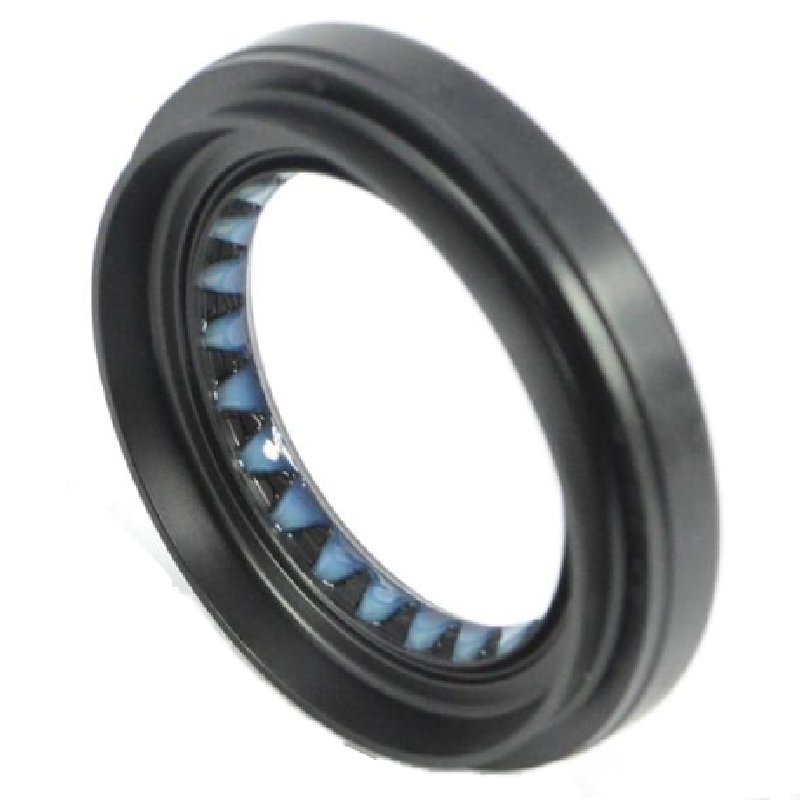Understanding the Function and Importance of Shaft Lip Seals in Mechanical Applications
Understanding Shaft Lip Seals Function, Types, and Applications
Shaft lip seals are critical components used in various mechanical systems to prevent the leakage of lubricants and the entry of contaminants. These seals are especially prevalent in automotive, aerospace, industrial machinery, and various manufacturing processes. Their design ensures that machinery operates efficiently, extending the life of components and reducing maintenance costs.
Structure and Function
A shaft lip seal generally consists of three primary components the sealing lip, the outer casing, and a spring. The sealing lip, typically made from rubber or polymer materials, is the primary barrier that prevents fluid from leaking out and contaminants from entering the system. The outer casing is typically metallic or rigid plastic, providing structural support and facilitating easy installation. The spring within the seal applies a consistent force against the sealing lip, ensuring a tight fit around the rotating shaft, which is essential for effective sealing.
When a shaft rotates, the sealing lip makes contact with the shaft's surface. The lip deforms slightly, creating a tight seal that minimizes fluid loss. This dynamic sealing action is crucial for maintaining appropriate lubrication levels within the system, preventing dry running conditions that can lead to severe wear and tear on components.
Types of Shaft Lip Seals
There are several types of shaft lip seals, each designed for specific applications
. The most common types include1. Single Lip Seals These seals have one sealing lip and are used in situations where the risk of contamination is minimal. They are cost-effective and simple in design.
2. Double Lip Seals With two lips, these seals are designed for tougher applications where exposure to contaminants is high. The inner lip protects the lubricant, while the outer lip prevents the ingress of dirt, moisture, and other contaminants.
3. Rotary Seals These are often used in applications involving rotary motion and are designed to handle higher speeds and pressures. They are widely used in automotive applications such as engine oil seals and gearbox seals.
shaft lip seals

4. Spring-loaded Seals Incorporating a spring to maintain contact with the shaft, these seals are effective in applications where there may be fluctuations in temperature or pressure that could affect sealing performance.
Applications in Various Industries
Shaft lip seals find extensive use across multiple industries due to their versatility and reliability. In the automotive industry, they are found in engine components, transmission systems, and wheel bearings. In industrial machinery, they protect bearings and gearboxes from contaminants, thereby ensuring the smooth operation of machines.
Moreover, in the aerospace industry, these seals are critical for hydraulic systems and landing gears, where they must withstand extreme conditions. Their ability to handle both high speeds and significant pressure differentials makes them indispensable in these applications.
Maintenance and Troubleshooting
To ensure the long lifespan of shaft lip seals, it is essential to conduct regular maintenance. Inspecting for signs of wear, cracks, or leaks can prevent more significant issues down the line. Proper installation is also crucial; incorrect installation can lead to premature seal failure.
If a seal is leaking, it could indicate wear or damage. In such cases, it may need to be replaced. Selecting the right type of seal for specific applications is also vital. Using seals that are not suited to the operating conditions, such as temperature extremes or exposure to particular chemicals, can lead to rapid degradation.
Conclusion
Shaft lip seals are more than just simple sealing components; they are fundamental to the effective operation of many mechanical systems. Understanding their structure, types, and applications allows engineers and technicians to make informed choices that enhance the reliability and lifespan of their equipment. Through proper maintenance and selection, shaft lip seals contribute significantly to the efficiency and effectiveness of various machinery across multiple industries.
-
Understanding the Front Main Engine Seal: Purpose, Maintenance, and Installation
News Jul.29,2025
-
Understanding O-Rings and Seal Rings: Types, Applications, and Custom Solutions
News Jul.29,2025
-
Understanding Crankshaft Oil Seals: Rear Seals, Pulley Seals, and Their Role in Engine Integrity
News Jul.29,2025
-
The Importance of Front and Rear Crankshaft Seals in Engine Performance and Oil Management
News Jul.29,2025
-
Crank Oil Seals: Functions, Types, and Cost Considerations in Engine Maintenance
News Jul.29,2025
-
A Comprehensive Guide to O-Rings and Seals: Types, Materials, and Global Applications
News Jul.29,2025
-
Mastering Diesel and Performance Engine Maintenance: A Guide to Critical Oil Gaskets
News Jul.28,2025
Products categories















